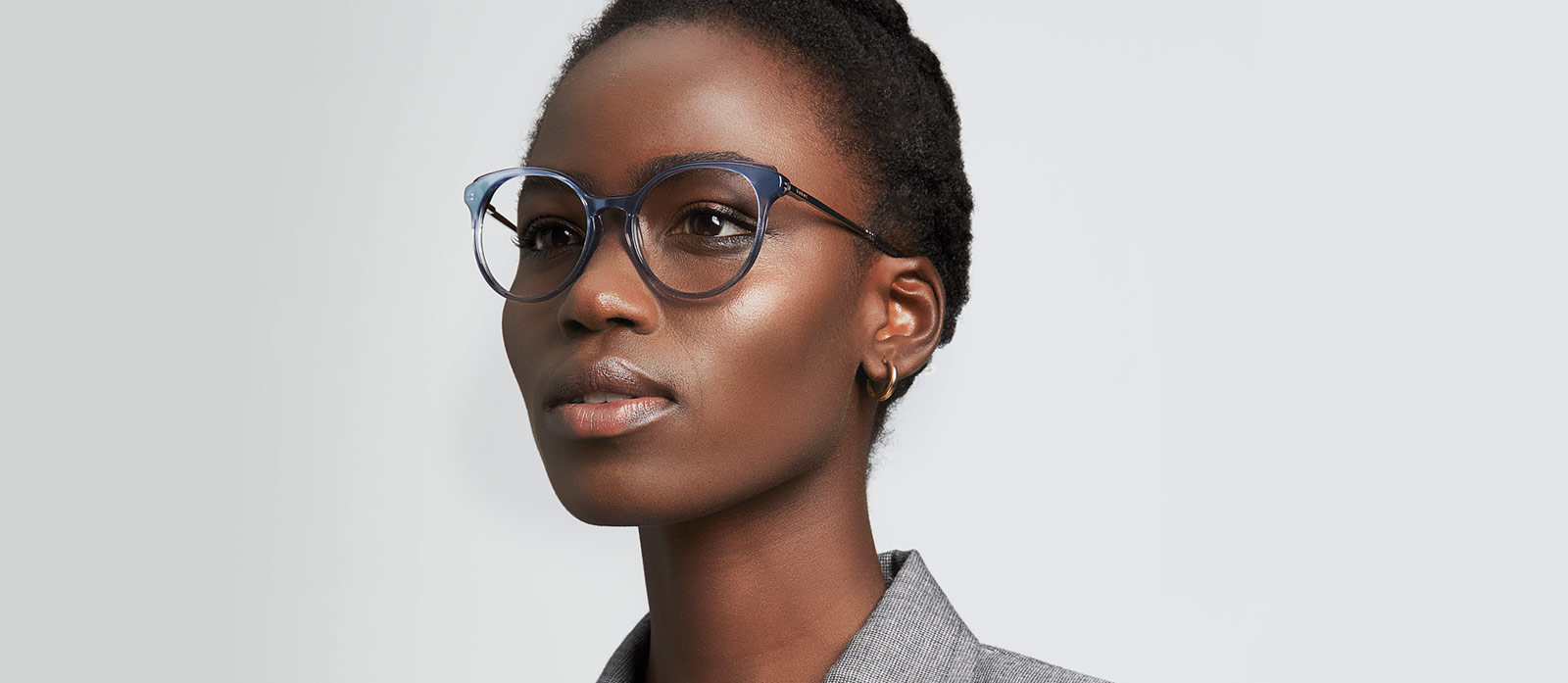|
Myopia is a refractive error (meaning that your eye does not bend light correctly) and allows you to see objects up close, while distant objects appear blurry and out of focus. The reason for this focus error is the shape of the eye: as your eye develops and grows, it can become elongated, or the surface of the eyeball may become curved, which causes light rays to focus at a point in front of the retina – instead of directly on its surface. What specifically causes the eyeball to grow longer, however, is currently unknown.
For instance, Myopia commonly runs in families and you are more likely to develop it if both sides of your family are short-sighted. Another factor that seems to affect your eyesight can be how much time you spend outside or indoors, as well as, spending a disproportionate amount of your time reading, writing, or at a computer or on your smartphone can trigger myopia.
|

